2013 Best of 2013: The top 10 books
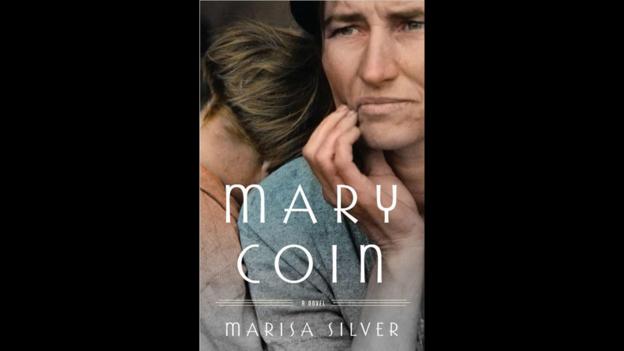 10. Mary Coin by Marisa Silver
10. Mary Coin by Marisa Silver "Do you mind if I take your picture?" In 1936 photographer Dorothea Lange focused her lens on the exhausted face of a migrant woman, a mother of seven displaced by the Dust Bowl and caught in the downward spiral of the Great Depression. In this iconic image, caught in a quicksilver moment, using a new technology, two women - photographer and subject - were linked forever.
That's the set-up for Silver's elegantly written third novel. She braids together the stories of US government photographer Vera Dare (a proxy for Lange), her subject Mary Coin - the Oklahoma-born mother she spotted working in a California picker's camp - and Berkeley cultural historian Walker Dodge, who finds unexpected connections to them both.
Silver unleashes a kaleidoscope of images, then slows down long enough for us to absorb the emotional resonance of each. Most surprising is Mary Coin's late-life recognition of what the portrait - "frozen into an indelible past like an insult you can never take back" - means to the world outside her own.
9. The Woman Who Lost Her Soul by Bob Shacochis
The
Woman Who Lost Her Soul starts as a simple thriller with a simple
guiding intrigue: Who killed Jackie Scott? But Shacochis has his sights
set high. He ranges from Nazi-occupied Croatia, where a young boy
watches his father beheaded, to Cold War Istanbul in 1986, when that
boy, now a US diplomat, trains his own daughter in tradecraft. She shows
up in Haiti after the disastrous 1996 US invasion, calling herself
Jackie Scott, seeking a Vodou priest to help recover her soul. "When Americans pray, they pray first that history will step aside and leave them alone," Shacochis writes. "But history walks on all of us, lashed by time, and sometimes we feel its boot on our backs and sometimes we are oblivious to its passing." This spectacular novel is a globe-spanning half-century prequel to the terrorist attacks of 11 September 2001. It measures up to the darkest work of John le Carré and Graham Greene.
8. Tenth of December by George Saunders
Saunders is an American original. His short stories capture like no one else the interior flow of daily experience, with its jolting interruptions and continual self-prompts. No matter how weird and wacko, how savage his satire, his invented worlds feel familiar.
In his fourth collection, Saunders' dark sensibility is underlit by compassion. Tenth of December includes absurdist tales, like Escape from Spiderhead, in which a young male inmate dosed with an experimental drug called DarkenfloxxTM ("Imagine the worst you have ever felt, times ten") finds an escape.
Saunders raises the possibility of redemption in Victory Lap, a story in which a romantic teenage girl is threatened with violence, and the title story, in which a suicidal cancer patient finds himself unexpectedly restored to joy, or more precisely to "that feeling of being accepted back again and again, of someone's affection for you expanding to encompass whatever new flawed thing had just manifested in you."
7. Sparta by Roxana Robinson
Robinson's harrowing account of a US Marine's return from Ramadi and Haditha to the homefront is this generation's version of Hemingway's Soldier's Home. Conrad, 26, signed up for duty after studying classics in college. "The classical writers love war," he tells his parents. "Being a soldier was the whole deal, the central experience. Sparta, the Peloponnesian War, the Iliad. Thucydides, Homer, Tacitus."
Robinson explores the disconnect between civilians, who aren't faced with questions of survival, honour and loyalty on a daily basis, and 'normal life' in Iraq. In Conrad's combat outpost, dubbed Sparta, soldiers are in a continual state of fear, exhaustion and boredom, with death a constant presence. Once home, they face a devastating tightrope walk, rehabbing from wounds or battling symptoms of post-traumatic stress and the infuriating bureaucratic snarl of the US Veterans Affairs system. In the year marking the 10th decade since the invasion of Iraq, Robinson makes this ongoing tragedy palpable.
6. The Son by Philipp Meyer
An ornate Western that spans three generations in Texas, The Son is sprawling, yes, but carefully structured as three alternating narratives beginning in the 1830s.
Colonel Eli McCulloch, the family patriarch, who was known as Tiehteti after he was captured by the Kotsoteka Comanche, was "the first child of the new republic", born on 2 March 1836, the day the Republic of Texas was created, having declared independence from Mexico. Then, in the diaries of Peter McCulloch, the son the colonel calls the "seed of my destruction", Meyer traces the guilt of the son implicated in his father's murderous schemes.
Meyer's final thread, beginning in 2011, follows Jeanne McCulloch, the woman who has inherited the land, the money and the ghosts. In a saga that captures the bloody legacy of greed and theft, Meyer brings new resonance to historical fiction.
5. The Woman Upstairs by Claire Messud
In a novel that has become a litmus test for gender tensions, Messud takes her reader into the ferocious sensibility of a woman spurned. "How angry am I? You don't want to know," she writes in her opening lines. The real story is in the flashback, as Nora, a single 43-year-old Cambridge, Massachusetts, teacher describes her infatuation with the Paris-based Shahid family. Their year in Cambridge initiates her jarring midlife crisis.
Reza Shahid, eight years old and a new child in Nora's class, arouses maternal yearnings. Beirut-born Skandar, a Harvard fellow, challenges her libido and her intellect. And Sirena, whose installations have drawn international attention, revives her artistic ambitions.
In a "manic unfolding", Nora begins a series of miniature dioramas, beginning with Emily Dickinson. The radiant center of Messud's novel is her portrait of two artists - Nora, with her American "good girl" inhibitions, and fearless Sirena, who teaches her that an artist is, by definition, ruthless.
4. The Flamethrowers by Rachel Kushner
Kushner gives us the most adrenalised opening in any novel this year as Reno, her young narrator, screams across Utah's Bonneville Salt Flats at 148mph on a motorcycle. "I felt alert to each granule of time," the heroine says. Granted, she doesn't want to break a land speed record. She wants to photograph the tracks she has left behind on the hard salt crust. It is the 1970s. She wants to be an artist. She barely survives.
Fresh from college, Reno dives into New York's flamboyant and electric downtown art scene. She stumbles into an affair with Sandro Valera, a minimalist who has fled his wealthy Italian tire and motorcycle manufacturing family. His clan is targeted for kidnapping by left-wing radicals. Reno comes to know them well.
The Flamethrowers is an intense and memorable portrait of the explosive 70s - art, politics, revolution and danger.
3. The Book of My Lives by Aleksandar Hemon
The Sarajevo-born fiction writer, whose adopted hometown is Chicago, has one of the most distinctive voices in literature. The essays in his first book of nonfiction are sardonic and knowing, trustworthy yet tart.
He writes of the disruption that came with his younger sister's birth in 1969 and of his fanatical passion for soccer. (One essay is titled If God Existed He'd Be a Solid Middlefielder.) He writes of being stranded in Chicago as his family fled Sarajevo, and of returning to that transformed city in 1997. He explains his devotion to his new hometown: "The way people in the winter huddle together under the warming lights of the Granville El stop, much like young chickens under a lightbulb."
In the searing and unforgettable The Aquarium, he documents with unflinching clarity the "dark universe of pain" he experiences as his baby daughter dies from a rare brain cancer. The essays are profoundly personal, but somehow universal.
2. The Good Nurse by Charles Graeber
Graeber's book is an instant true-crime classic - gripping, precisely documented, and as eloquently written as Truman Capote's journalistic masterwork In Cold Blood.
When Charlie Cullen was arrested in New Jersey in 2003, he confessed to ending the lives of at least 40 patients - though he may have killed ten times as many - under his care as a registered nurse. His weapon: IV drips spiked with dangerous doses of life-saving drugs such as insulin and digoxin. Cullen had shifted from one hospital to the next, moving on when deaths during his shifts aroused suspicion.
The Good Nurse is based on exclusive interviews with the convicted killer, the two detectives who brought him to trial and their secret key witness, a fellow nurse who once considered Cullen a friend. Graeber reveals in chilling detail the psychic evil behind Cullen's "emotionally absent" gaze. Equally shocking, he unveils the administrative cover-ups that left Cullen free to murder at will during a 16-year
1. Americanah by Chimamanda Ngozi Adichie
Chimamanda Adichie is supremely smart. She has won the Commonwealth Writers' Prize (for Purple Hibiscus), the Orange Broadband award (for Half of a Yellow Sun), and a MacArthur 'genius' grant. With Americanah, a star-crossed love story that spans three continents, she proves she is also supremely funny.
Ifemelu leaves her boyfriend behind in Nigeria to study in the US. After her initial disorienting days as an immigrant and a string of humiliating jobs, she finds an outlet in a satiric blog. "Dear Non-American Black, when you make the choice to come to America, you become black," she writes. She becomes a Princeton fellow and dates a Yale professor. After 13 years her heart brings her back to Lagos, where she is not 'black'. She's Igbo. And Americanah.
Adichie is fearless when writing about love, hate and shades of blackness. She tempers her directness with wry humour as she holds up a mirror so we can see ourselves.
Labels:
entertainment

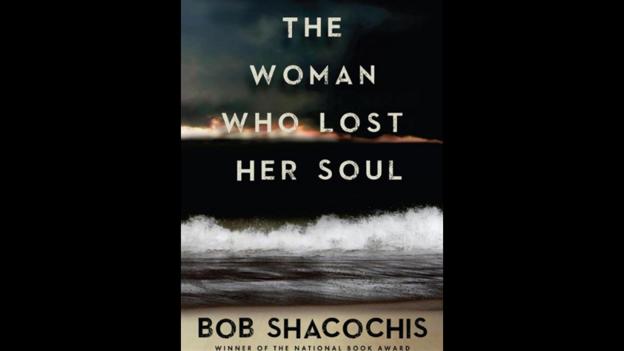
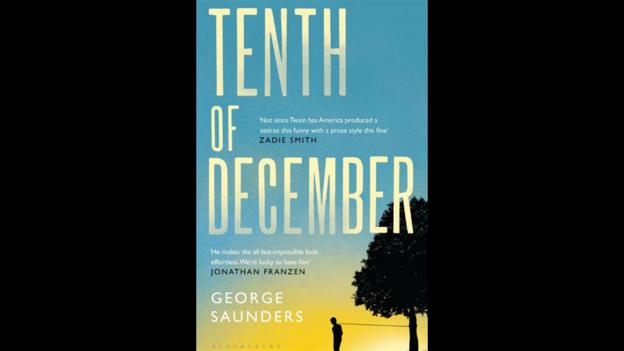
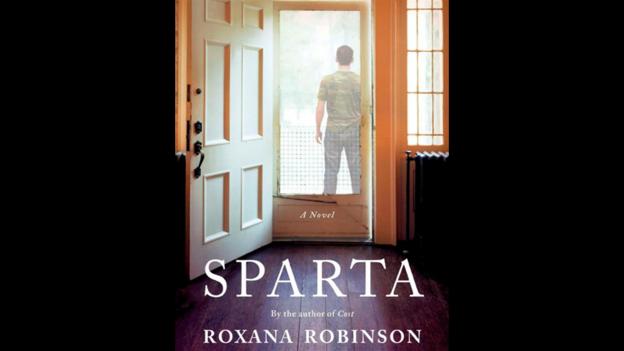
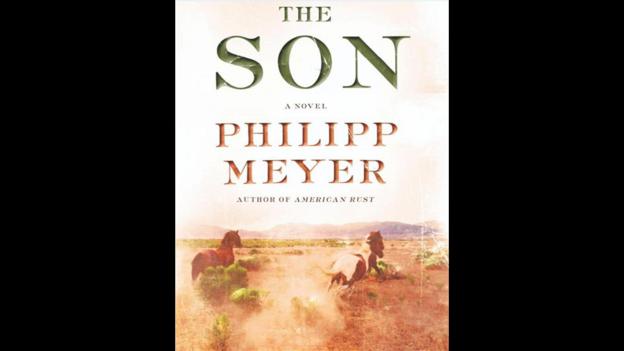
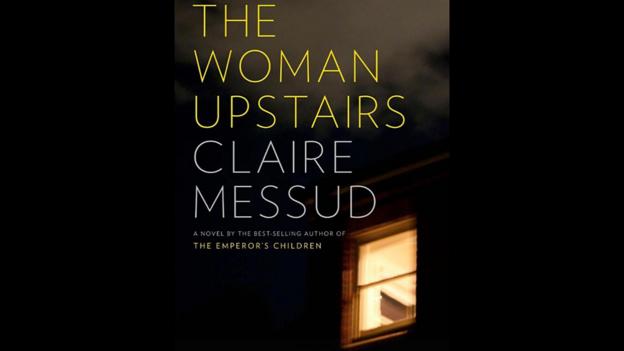
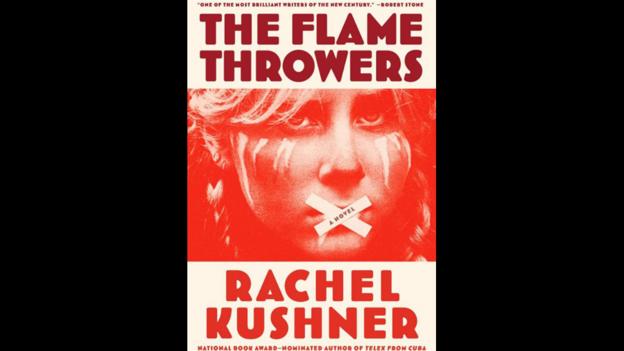

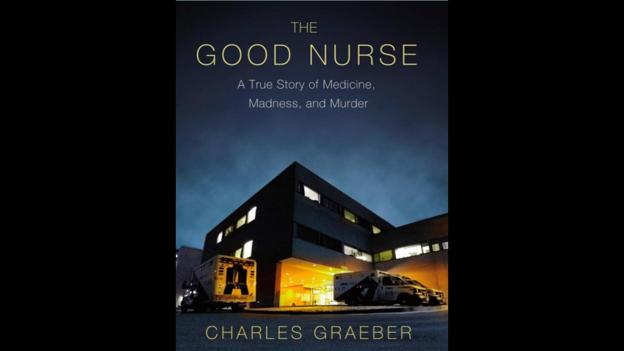
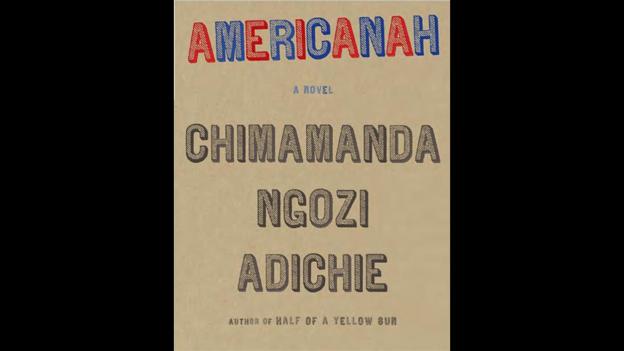



No comments:
Post a Comment